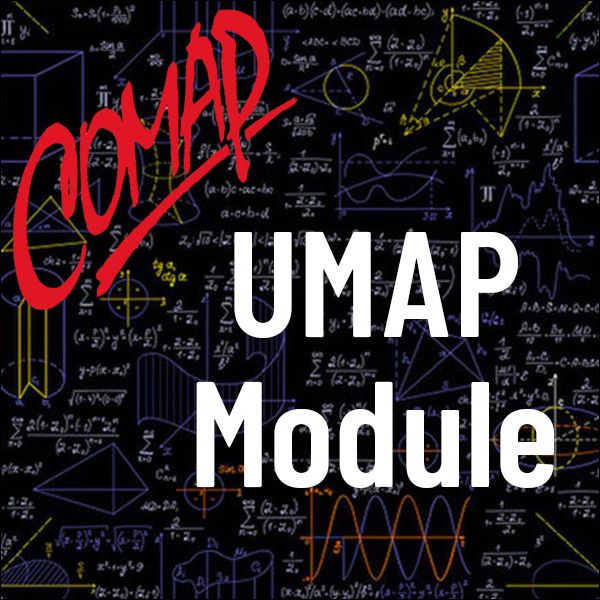Modeling Using the Derivative: Numerical and Analytic Solutions (UMAP)
Author: David H. Cameron, Frank R. Giordano, Maurice D. Weir
In this module the derivative is reviewd, physically as an instantaneous rate of change, and geometrically as the slope of the tangent line. The physical interpretation is used to model various scenarios leading to first order initial value problems. After investigating the nature of the initial value problem, the geometrical interpretation of the derivative is used to uncover Euler's Method for numerically approximating the solution function. Viewing integration as the inverse operation of differentiation, the technique of separation of variables is presented for finding analytic solutions.
Table of Contents:
1. DEVELOPING THE MATHEMATICAL MODEL
1.1 Introduction
1.2 The Derivative
1.2.1 As a rate of change
1.2.2 As the slope of the tangent line
1.3 Origin of Differential Equations
1.4 The Nature of Mathematical Modeling
2. FIRST ORDER INITIAL VALUE PROBLEMS
3. APPROXIMATING SOLUTIONS TO INITIAL VALUE PROBLEMS
3.1 Example: Interest Compounded Continuously
3.2 Estimating with Two Steps
3.3 Euler's Algorithm
3.4 Improving the Estimate of the Graph
3.5 Approximating the Graph of the Unknown Function
4. FINDING THE SOLUTION ANALYTICALLY
4.1 Introduction
4.2 Separation of Variables
5. CONCLUSIONS
6. ANSWERS TO EXERCISES
7. APPENDIX

Mathematics Topics:
Application Areas:
Prerequisites:
You must have a Full Membership to download this resource.
If you're already a member, login here.